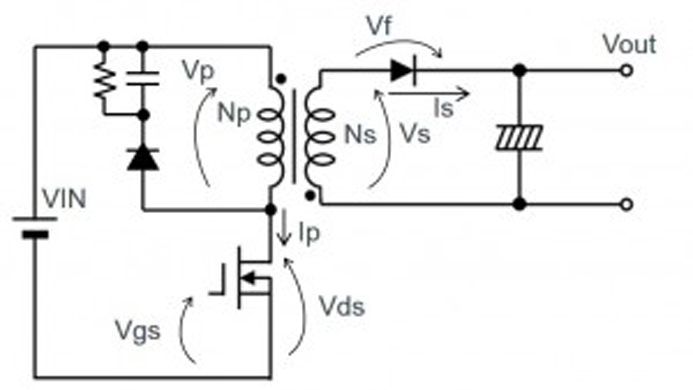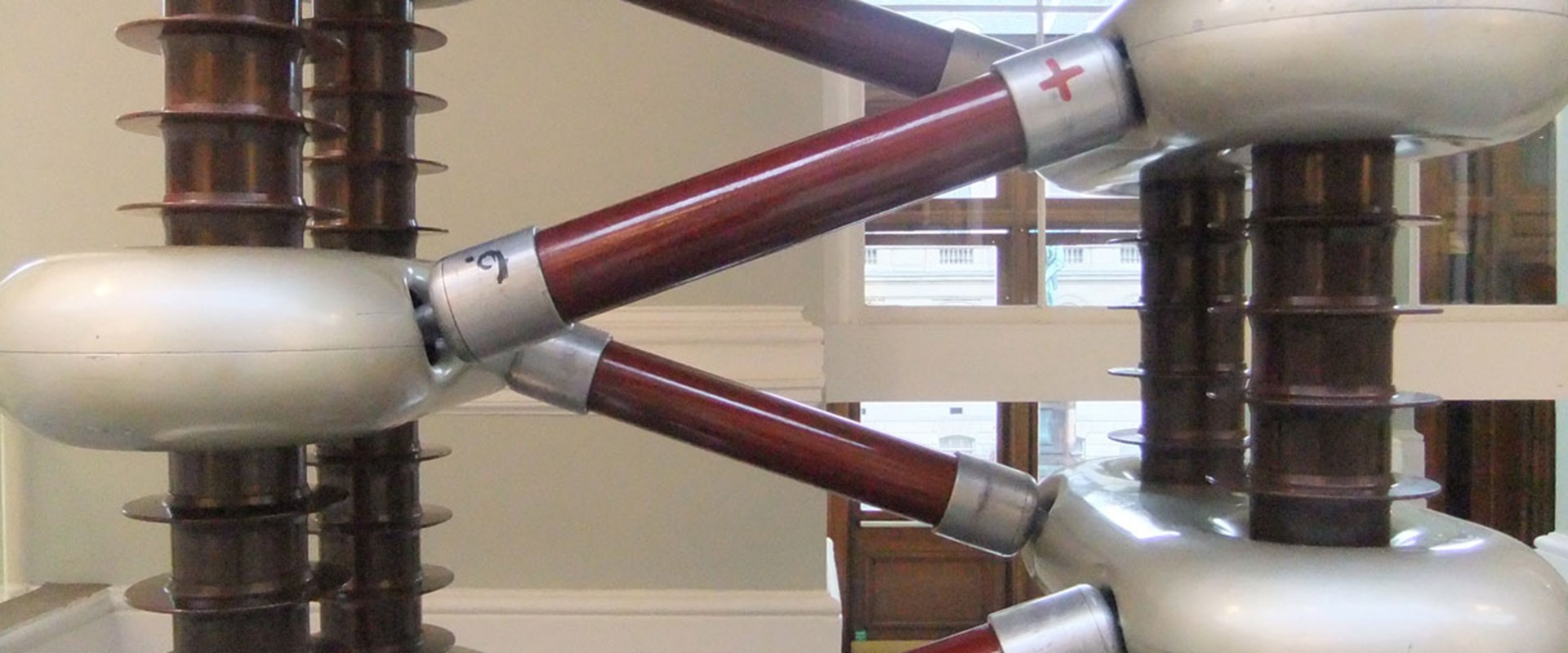You are using an out of date browser. It may not display this or other websites correctly.
You should upgrade or use an alternative browser.
You should upgrade or use an alternative browser.
Electric Theory behind mouse trap
- Thread starter EEC
- Start date
- Status
- Not open for further replies.
- Location
- San Francisco Bay Area, CA, USA
- Occupation
- Electrical Engineer
How much do you think it takes to stop a heart?
A: not as much as you might think. Only around100mA to start to have an effect, 200mA to put it solidly into fibrilation. The capacitor just boosts the votlage to get to a point of overcoming the resistances in the mouse skin and hair.
A: not as much as you might think. Only around100mA to start to have an effect, 200mA to put it solidly into fibrilation. The capacitor just boosts the votlage to get to a point of overcoming the resistances in the mouse skin and hair.
LarryFine
Master Electrician Electric Contractor Richmond VA
- Location
- Henrico County, VA
- Occupation
- Electrical Contractor
Is there no other circuitry, like a DC-to_DC power supply?Use theory how does the charge from a battery source using a capacitor play out to reach enough charge to kill mice?
Ok that's the intent, now show the math (theory)How much do you think it takes to stop a heart?
A: not as much as you might think. Only around100mA to start to have an effect, 200mA to put it solidly into fibrilation. The capacitor just boosts the votlage to get to a point of overcoming the resistances in the mouse skin and hair.
hbiss
EC, New York NEC: 2017
- Location
- Little Falls, New York NEC: 2017
- Occupation
- EC
The capacitor just boosts the votlage
A capacitor can't "boost" voltage without some help from other circuitry.
-Hal
electrofelon
Senior Member
- Location
- Cherry Valley NY, Seattle, WA
- Occupation
- Electrician
Calculate using 12VDC as the source
A capacitor can't "boost" voltage without some help from other circuitry.
-Hal
IF you Youtube "electric mouse traps" there are many videos. Popular sources seem to be those electric bug racket thingies and stun guns. 12 Volts is not going to cut it. A bunch also seem to have a battery and a capacitor as the electric source, but I agree with Hal just a capacitor and battery isnt going to raise the voltage so not sure what the deal is there. Must be other components that are not visible.
Carultch
Senior Member
- Location
- Massachusetts
IF you Youtube "electric mouse traps" there are many videos. Popular sources seem to be those electric bug racket thingies and stun guns. 12 Volts is not going to cut it. A bunch also seem to have a battery and a capacitor as the electric source, but I agree with Hal just a capacitor and battery isnt going to raise the voltage so not sure what the deal is there. Must be other components that are not visible.
Suppose you charge two capacitors in parallel from the same battery. Then you disconnect them and rearrange them so they are in series. You will trade Farads for Volts, and increase the voltage across the combination of components. This is one way of increasing the voltage of a DC power source for a static discharge. The rearranging is accomplished with components such as transistors, to switch the circuit path among the capacitors as it switches from parallel to series.
LarryFine
Master Electrician Electric Contractor Richmond VA
- Location
- Henrico County, VA
- Occupation
- Electrical Contractor
With AC, you can build voltage multipliers, but with DC, you need an electronic circuit, a DC-to-DC inverter.
The innards of an electronic fly swatter could be used to make a critter zapper.
The innards of an electronic fly swatter could be used to make a critter zapper.
- Location
- Placerville, CA, USA
- Occupation
- Retired PV System Designer
If the DC to DC converter works best with a very square input current waveform, the capacitor may be there to provide a source impedance to the converter that is much lower at the higher frequencies than the internal resistance of the battery.
Use the 200mA Jraef provided, and assume skin resistance is 100,000 ohms. Then the voltage needed is 100,000 * .2 = 20000 volts.
And 0.2A * 20,000V = 4000 volt-amps (watts). Lets assume it takes 10 seconds total. So we need 4000 volt-amps for 10 seconds, or 40,000 volt-amp-seconds.
But batteries are measured in amp-hours. A D cell might have 4.5 amp hours, at 1.5 volts. So that's 6.75 volt-amp - hours. Multiply by 60 to get volt-amp-minutes, and multiply by 60 again to get volt-amp-seconds. So that's 60*60*6.75 or 24,300 volt-amp-seconds in a basic D cell battery.
I've completely ignored efficiency, and any losses, and the voltages, currents, resistances, and even the time are all approximations. But but it looks like 2 D cells should be enough to take care of one mickey.
And 0.2A * 20,000V = 4000 volt-amps (watts). Lets assume it takes 10 seconds total. So we need 4000 volt-amps for 10 seconds, or 40,000 volt-amp-seconds.
But batteries are measured in amp-hours. A D cell might have 4.5 amp hours, at 1.5 volts. So that's 6.75 volt-amp - hours. Multiply by 60 to get volt-amp-minutes, and multiply by 60 again to get volt-amp-seconds. So that's 60*60*6.75 or 24,300 volt-amp-seconds in a basic D cell battery.
I've completely ignored efficiency, and any losses, and the voltages, currents, resistances, and even the time are all approximations. But but it looks like 2 D cells should be enough to take care of one mickey.
hbiss
EC, New York NEC: 2017
- Location
- Little Falls, New York NEC: 2017
- Occupation
- EC
But where are you getting the 20kV from?
-Hal
-Hal
- Location
- Placerville, CA, USA
- Occupation
- Retired PV System Designer
The voltage in the equipment is probably derived the same way that xenon camera flash units get high voltage DC from low voltage batteries. Those circuits also do not need to deliver current continuously to the HV circuit and they can take awhile to charge the HV capacitor. On most of them you could hear the audio frequency of the relaxation oscillator that drives the step up circuit. Rather than a capacitive voltage multiplier they used a coil circuit with a high transformation ratio, somewhat similar to the old automotive spark coils.But where are you getting the 20kV from?
-Hal
However, the figure of 20kV is probably pulled out of thin air as an effective voltage for working through mouse hair and skin.
hbiss
EC, New York NEC: 2017
- Location
- Little Falls, New York NEC: 2017
- Occupation
- EC
I know that. I was only commenting on post #11 that only focused on the battery requirement and the OP's request for a math solution.
By the way, I don't think you would have a problem doing this with even AAA batteries.
-Hal
By the way, I don't think you would have a problem doing this with even AAA batteries.
-Hal
synchro
Senior Member
- Location
- Chicago, IL
- Occupation
- EE
Yes, they used a flyback converter that has a two winding inductor that is very much like an ignition coil. When the voltage on the HV capacitor is low initially, it takes longer to discharge the energy stored in the inductor over to the cap during each cycle because dI/dt = V(t) / L, where dI/dt is the rate of change of the current. But then as the cap voltage rises the coil discharge time reduces and so the converter switching frequency increases. Eventually the duration of each cycle (and therefore the switching frequency) becomes limited by the time it takes to charge the inductor from the battery voltage.The voltage in the equipment is probably derived the same way that xenon camera flash units get high voltage DC from low voltage batteries. Those circuits also do not need to deliver current continuously to the HV circuit and they can take awhile to charge the HV capacitor. On most of them you could hear the audio frequency of the relaxation oscillator that drives the step up circuit. Rather than a capacitive voltage multiplier they used a coil circuit with a high transformation ratio, somewhat similar to the old automotive spark coils.
In college I built a custom high power flash unit for a friend using a flyback converter powered by motorcycle batteries. I made the inductor from surplus tape wound C-cores where I could set the air gap between the cores to control the amount of inductance. I got the relatively large magnet wire for the primary of the two winding inductor from a motor rewinding shop. After I explained what I needed it for they just gave me the wire for free.

Flyback Converter
The flyback converter is a power supply topology that uses mutually coupled inductor. Click here to find out more
synchro
Senior Member
- Location
- Chicago, IL
- Occupation
- EE
Suppose you charge two capacitors in parallel from the same battery. Then you disconnect them and rearrange them so they are in series. You will trade Farads for Volts, and increase the voltage across the combination of components. This is one way of increasing the voltage of a DC power source for a static discharge. The rearranging is accomplished with components such as transistors, to switch the circuit path among the capacitors as it switches from parallel to series.
With AC, you can build voltage multipliers ...
That's how this works

Cockcroft-Walton generator
The Cockcroft-Walton generator was developed at the University of Cambridge in the early 1930s to accomplish the first artificial splitting of the atom. These generators became an essential part of particle accelerators and other devices in research laboratories throughout the world.
Use theory how does the charge from a battery source using a capacitor play out to reach enough charge to kill mice?
Not sure on mouse resistance but need 100 mA on humans for 1 second. It’s proportional to body weight so need less than 1% or 1 mA for 1 second. Assuming 10 Kohl’s per the IEEE 80 chart worst case that’s 0.001 x 10,000 = 10 V. No need for a capacitor at all if you can get it to just touch two electrodes with a very small gap. Just leave a nominal 12 V cell of almost any size connected. Otherwise if the intent is to make a “bug zapper” with a bigger gap, you need to run a voltage multiplier to use a big gap. Obviously part values are no critical.
- Status
- Not open for further replies.

